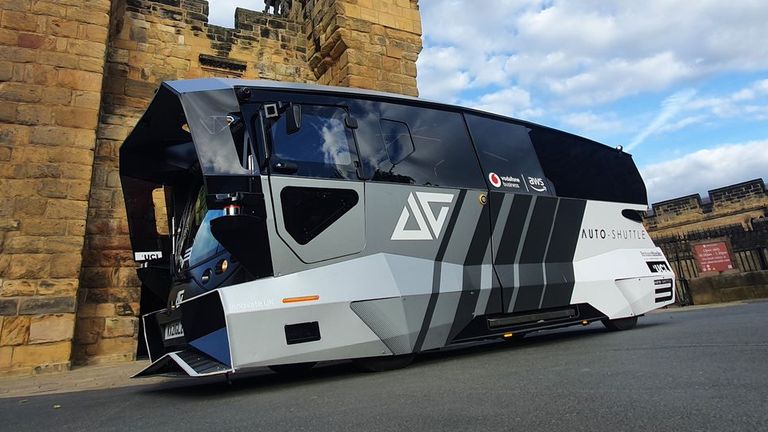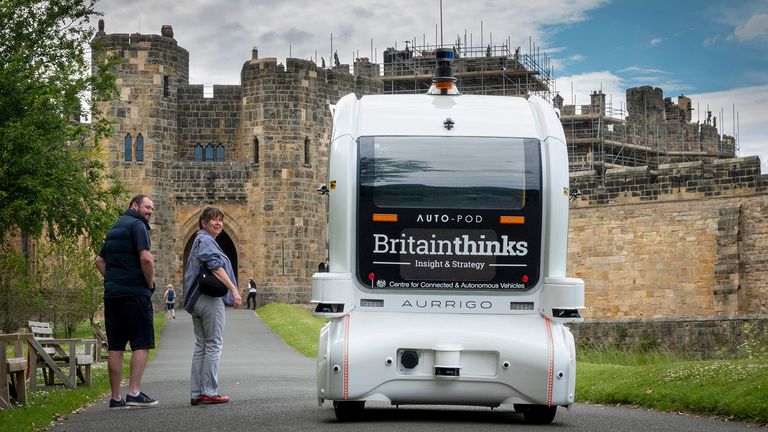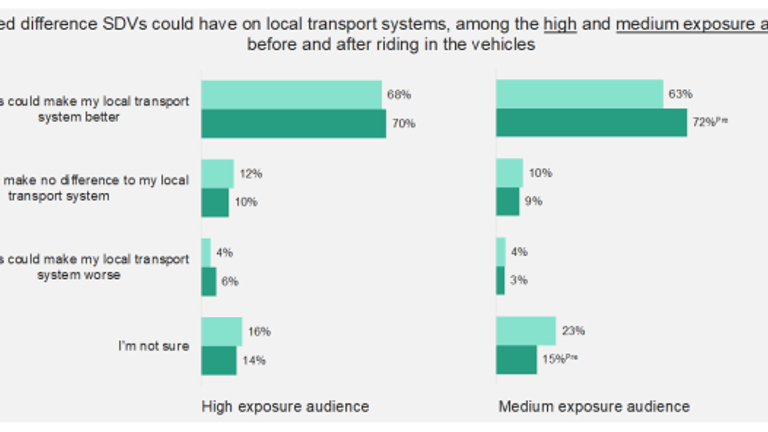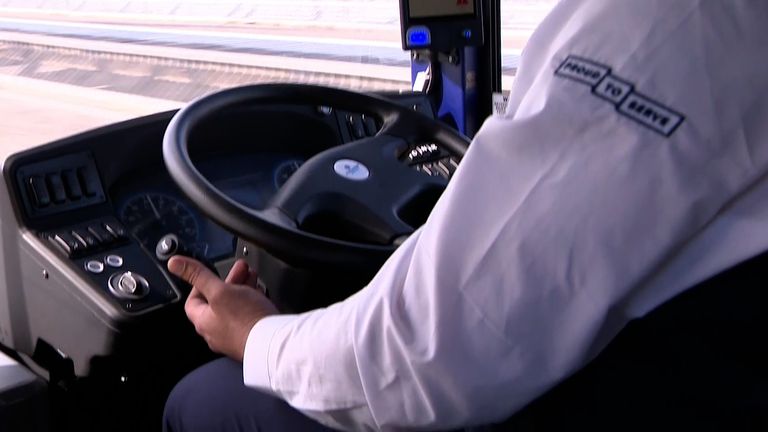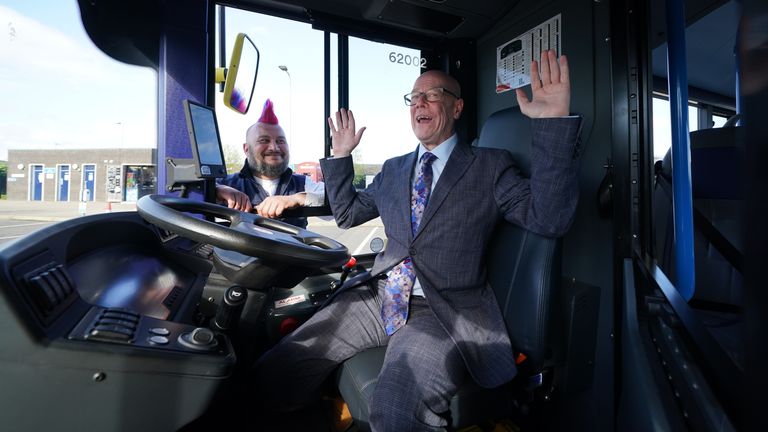Self-driving autos could possibly be used to bridge the gaps within the UK’s public transport community, in accordance with the outcomes of a brand new government-led examine.
The survey, the primary of its type within the nation, discovered as much as 72% of individuals believed the autos could possibly be used to enhance transport hyperlinks – notably in rural areas.
Better night, night time and weekend companies, creating smaller and extra direct companies, and offering shuttle companies between villages and railway stations, have been among the many ideas put ahead.
People collaborating within the survey additionally stated they believed self-driving autos (SDVs) could possibly be used to chop congestion and enhance the financial system.
But the examine additionally highlighted considerations amongst members of the general public, with security probably the most outstanding situation, alongside the potential of job losses, and the set-up prices for already cash-strapped councils.
Fully-automated SDVs aren’t at present authorized on UK roads, regardless of some autos, comparable to Teslas, already having the expertise constructed into their vehicles.
The authorities is at present reviewing SDV expertise, and a authorized framework for its use on UK roads is expected to be in place by 2025.
The examine, led by the Department for Transport (DfT), concerned trialling SDVs in three places – a rural space, a city and a metropolis – to gauge public response to the expertise.
As a part of the trial, an Aurrigo Auto-Shuttle was used to ferry folks round Alnwick in Northumberland, Manchester City’s Etihad sports activities advanced in Manchester, and the city of Taunton in Somerset.
An Aurrigo Auto-pod was used for the same train – on personal roads – round Alnwick Castle and the walkway to Manchester City’s soccer floor.
Meanwhile, researchers uncovered three totally different teams to low, medium and excessive ranges of details about SDVs, and held a separate nationwide survey as a management.
Nearly 1 / 4 (24%) of people that took half in a nationwide survey stated they believed the autos may enhance public transport hyperlinks, in accordance with the report.
Read extra:
Passengers travel on self-driving bus for first time in UK
Will ‘virtual eyes’ help us to trust driverless cars?
But it was as excessive as 63% within the medium data group, and 46% within the excessive publicity, each of whom got trial rides on the autos.
The nationwide survey, nevertheless, revealed the general public nonetheless had vital doubts concerning the expertise, notably the usage of fully-autonomous SDVs.
Nearly a 3rd (32%) of those that took half stated they felt uncomfortable utilizing self-driving public transport, and the same determine (36%) felt uncomfortable sharing the highway with one.
A fifth (20%) stated they believed SDVs may make public transport worse, whereas 14% believed it might make no distinction.
Those who took half additionally raised points over the lack of drivers and the lack of social interplay and the potential of changing into stranded if the autos malfunction.
Some even stated they anxious a couple of transfer in direction of a “dystopian” future.
But the examine confirmed that, after utilizing the companies, the temper in direction of SDVs improved considerably.
After driving the Auto-Shuttle, 72% of the medium publicity group stated they felt SDVs may enhance native transport hyperlinks, in comparison with 63% earlier than the journey.
In January, passengers travelled on a full-size self-driving bus for the primary time within the UK.
A bunch of twenty-two volunteers, a part of a co-design panel, took a check journey on the autonomous single-decker over the Forth Road Bridge close to Edinburgh, operator Stagecoach stated.
It was a part of the CAVForth mission which stated on the time that it aimed to have 5 self-driving buses run timetabled companies from the spring.
In August final 12 months, the UK authorities introduced a £100m funding with the purpose of getting absolutely self-driving autos on UK roads by 2025.
SDV expertise depends on a number of cameras and range-detecting lasers to navigate and spot autos, pedestrians and different obstacles.
Supporters say it could possibly make roads safer and minimize driver error, however the testing and guidelines and laws across the expertise are nonetheless being labored out.
Content Source: news.sky.com

